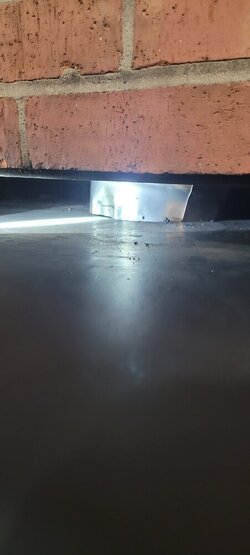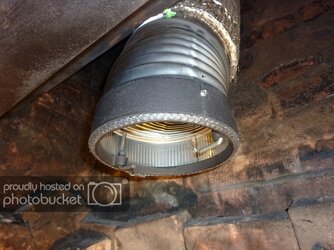We are using a catalytic stove so creosote build up should be less, right?The need to insulate the liner is twofold. One is to keep the flue gases hotter. This improves draft and reduces creosote buildup. The second reason is code. Insulation is required unless the chimney has 1" clearance from combustibles all the way up.
Will it work without the insulation? Probably yes. Will is work better and be safer with the insulation, definitely yes.
And, pardon my ignorance but wouldn't putting it through a brick chimney with clay liner be placing it where it's free from combustibles on all sides?
I'm not arguing with your expertise..just trying to understand. We are pretty frustrated that the shop hadn't informed us of all of this upfront. We've now spent way more than we intended and sounds like we still aren't done.




